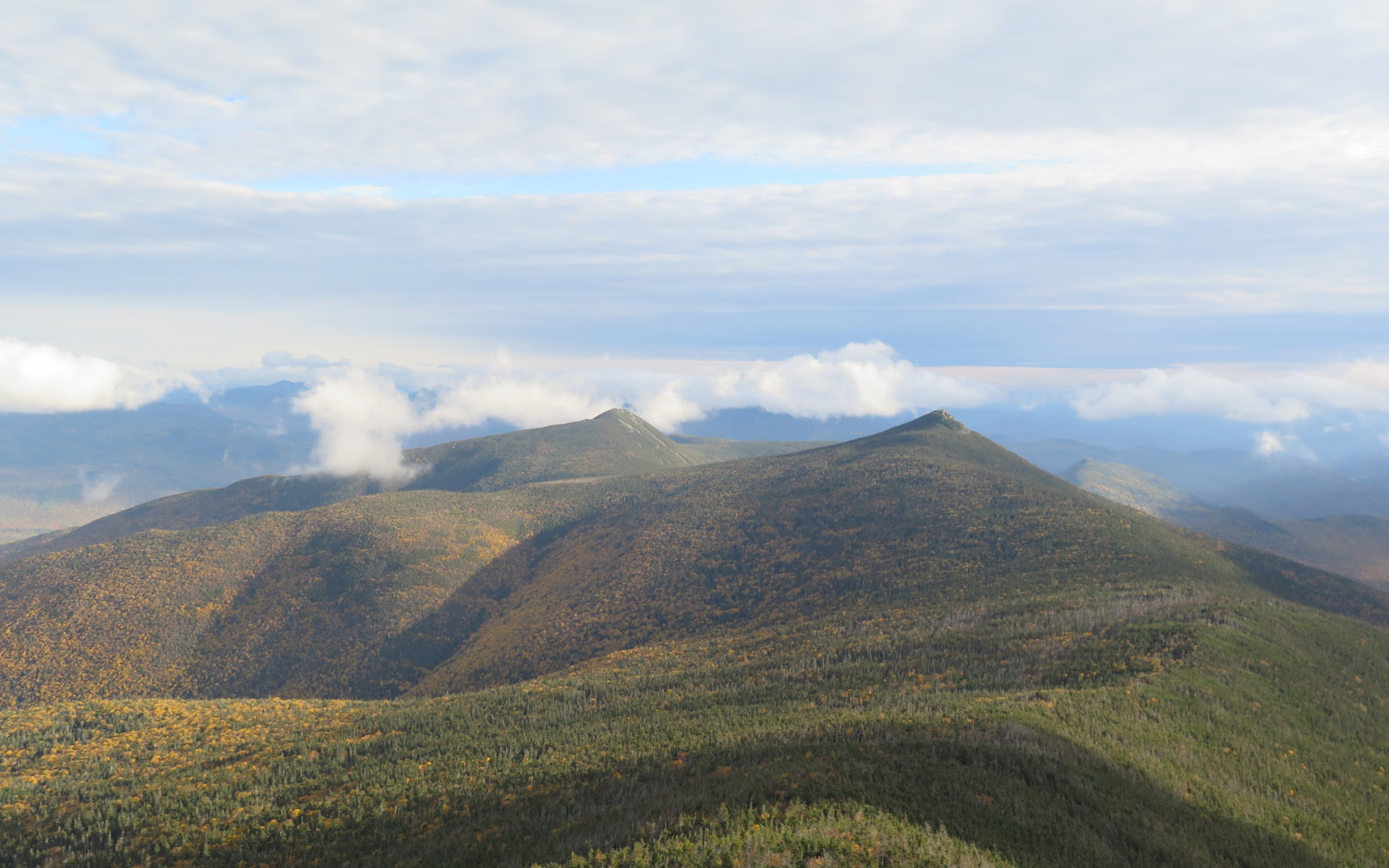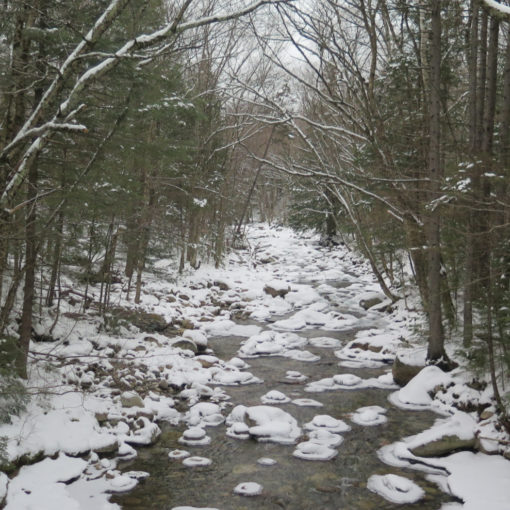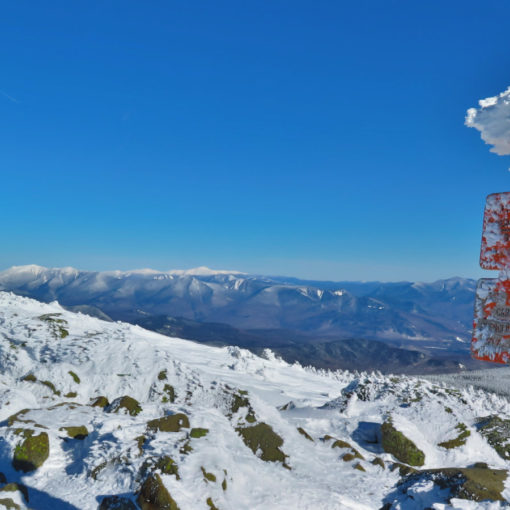It’s lightweight, rides well, carries all I need, and has clean lines. What more could one want?
Thinking back, I probably should have written about this sooner. From minute one, I’ve been excited to have my new pack. To say it checks all the right boxes, and none of the wrong ones, is probably overstating it — can anything be that perfect? For a backpack that rides very well and has plenty of capacity, the ULA Circuit certainly does approach perfection.
Short form: I really like it, and I’d get another when the time comes. And the customer service from ULA was great.
First, I want to talk about how I got to buying a new pack, including research. If you’re thinking of upgrading gear, I hope this helps. After that, I’ll talk about the pack itself.
Also, as with other gear I’ve reviewed, I want to stress: There has been no consideration offered by the manufacturer in exchange for this review. No money, no gear, or anything else of pecuniary interest has changed hands. I bought this pack with my own funds; no samples of any kind were offered by the manufacturer. This is all my own unadulterated, personal opinion.
Over the time I hiked the New Hampshire 48 for the first time, I went through three packs. I realized early on that a daypack wouldn’t be adequate for being safe in the Whites, so I first got something bigger — my Kelty Redwing 55. Any backpack can be fine for a few hours, but longer than that and you start to notice things, and while the Redwing is a nice pack, it’s not the lightest in my stable. As the weather got warmer, I wanted something a little smaller but much lighter and more adjustable, and so my Granite Gear Lutsen 35 came into my life. That pack rode so well, for the first few hikes, I’d wonder what I’d left behind.
Then I got sucked into the vortex of planning to hike the AT, and that made me realize I’d have to up my game considerably. A thru hike would never work if I didn’t focus on how gear choices could undermine success. I could probably get away without absolute perfection, but I knew I’d have to get close. I began my research.
A lot has been said about going ultra lightweight. But everything is a trade-off. Tissue is super lightweight, but tears on a breeze. Fortunately, my laboratory had plenty of test subjects walking by all the time. There’s an awesome thing about AT hikers. Especially if you tell them you’re planning a thru-hike, if you ask about gear, they’ll tell you about it, especially if it’s particularly good or bad. By the time anyone gets to the Whites, their gear has either survived a thousand miles starting in Georgia, or it’s gone up and down Katahdin, across the 100 mile wilderness, and through Mahoosuc Notch.
I knew the popular brands — Osprey tops the list at least because they’re in all the shops, although they do make good gear. But I saw quite a few cottage brands, like ZPacks, Hyperlite, Gossamer Gear, and Mountain Laurel Designs. It was time to crunch some numbers. The first thing that I noticed is the cottage manufacturers typically offer lighter weight options than the big name manufacturers. That steered my thinking right away. I wasn’t worried too much about durability, because from talking to hikers, I knew the cottage shops I was interested in had good reputations.
It should be mentioned that I have tried on a lot of Osprey packs, but they just don’t fit my bod. Gregory, though, makes the Baltoro, which does actually fit me well. So do all the research, but know that nothing beats actually putting on a pack, filling it full of weight, and walking around for awhile. A poorly fitting pack that weighs almost nothing is going to make you much more miserable than a heavier pack that fits like a dream.
So after a lot of weighing manufacturer’s specs, reading forum posts, and listening to AT hikers, I became very interested in two contenders: Hyperlite Mountain Gear, and Ultra Light Adventures. And as luck would have it, I had a trip to Katahdin coming up. There’s an outfitter in Millinocket that’s a dealer for both. In the final analysis, you just gotta try one on for size. I’m glad I did. Both are great packs. One just worked for me a little better.
Right now, I want to give a big shout out to the Old Man’s Gear Shop at the Appalachian Trail Lodge in Millinocket. They took a lot of time to help me understand the differences between my choices, with no pressure or anything. And aside from that, they gave me all kinds of trail wisdom about the AT. Awesome folks; if you’re in the area, pop in. They’re great people.
So I tried on the Hyperlite, and as I said, it’s a nice pack that fit well. But then I put on the ULA Circuit, and the feeling was simply “wow.” I don’t know what kind of black magic was involved, but it just molded to every curve of my body. I wasn’t 100% ready to drop the money, but I almost could have, right there and then.
ULA makes the Circuit in a couple of sizes, and with a couple of strap options. And not being 100% sure, I wrote an email. I’d heard horror stories about certain cottage shops completely ignoring thru-hikers. It’s a bad idea, because let me tell you, stuff like that spreads on the trail like wildfire. I’m happy to report that Chris, the owner of ULA, is all about customer service. Emails were answered promptly and thoroughly. I sent him some measurements, and on his advice, made my selections. Their packs are made right in Logan, Utah, and they start working once you place your order. Turnaround on mine was about 2 1/2 weeks from order to delivery. If that’s not responsive, I don’t know what is. They even sewed on my AMC 4000 footer club patches!
And so there it was, a box from Utah with my pack inside, sitting on my front doorstep.
First impressions: Construction.
The Circuit hits, for me, the sweet spot between not being big enough, and so big that I can overpack. Overall volume is 68 liters/4,200 cubic inches. Weight is 1.1 kilos/41 ounces. There are water bottle pockets on both sides, and a big stretchy pocket on the front panel that’s got some elastic cord to tighten things up. There aren’t any other outside pockets — no “brain” to stash your keys or granola bars, or anything like that.
If you’re not used to backpacking packs, there’s a fundamental difference between them and a daypack. A backpacking pack is typically a giant tube, and then the top has some kind of drawcord or roll-top to close. The big manufacturers usually have a drawcord, and then you flip the brain on top, which is a zippered pocket about big enough to stick a spare knit hat and some gloves, maybe a couple granola bars, too. The brain then clips down the front to keep it from flapping around, to keep weather and debris out, and to make a generally clean line.
Day hiking packs, on the other hand, usually have a big zipper for the closure, plus some other zippered pockets. They’re great for being able to access stuff without taking everything else out. But that zipper has a tendency to “leak along the dotted line.” If you’re doing a short hike in the summer where you know the weather will be fine, they’re a good choice. But they have their limitations.
ULA took an interesting approach. The top can roll down and then clip together like every drybag you’ve ever seen. Or instead, you can clip the sides of the roll to the sides of the pack, and then another strap comes over the top middle. (I suggest looking at ULA’s website. Their photos illustrate the features of the pack very well.) What this means is that if your load size changes, or you’re carrying a bear canister or something, you’ve got options. It’s a nice detail. I’ve seen variations from other cottage manufacturers, but I like ULA’s the best.
You can get it in a variety of different stock colors in 400 Robic — and on that, my Lutsen 35 is also made of Robic, so I was comfortable with its performance already. It’s a fabric milled in South Korea, that has significantly better abrasion and tear resistance than similar weight nylon. It’s often discussed along with Cuben fiber, which is also strong and lighter than Robic. With Robic, what you lose in terms of light weight against Cuben fiber, you get back in durability, so you can think of it as a really good middle ground. There are a few bruises to the stretch mesh pockets on my Lutsen 35, but none whatsoever on the body where the Robic fiber is located. ULA uses a variety called “gridstop” which has a grid of thicker fibers inter-woven with the rest of the fabric, to improve strength and tear resistance.
The pack has a carbon fiber frame, which amounts to an upside-down U shaped hoop that sits unobtrusively inside the pack. There’s not much flex, but enough to allow things to conform to your body. Besides that, there’s a foam pad on the back panel that’s made of a breathable mesh. The straps are S shaped on mine, but you can get bog-standard J shaped straps, too. And then aside from that are the usual load lifters, hip pockets, and straps to snug down your load. It’s pretty light on the bells and whistles. I’ve not missed them one bit.
How’s it ride?
So far, I’ve taken it on several hikes; bigger ones being Webster-Jackson-Pierce-Eisenhower, Whiteface-Passaconaway, Adams, Madison, and the Pemi Loop. I can remember particularly well heading up Webster, all morning wondering what I’d forgotten, because my pack felt so light. Even when I loaded a bit more stuff for the Pemi Loop, it didn’t feel burdensome. Indeed, while the shoulder straps press moderately on the front, I can easily slip my hands under the straps on the tops of my shoulders. In other words, the weight is borne on my hips, exactly as it should be.
And on that, the hip belt. I think if there’s any magic in the pack, it’s in the belt. ULA has worked out how to carry a load without feeling much at all. The belt is padded, to be true, but without any gigantic bulk. It attaches in the middle of the pack like normal, but then has an adjustment at the bottom corners. In the front, there are two straps feeding into one buckle, so you can have an upper and lower adjustment. I think this is where it works, because you can “shape” the belt to fit the curvature of your hips. Like I said, it rides so well.
Can I get to the little things I want at hand?
The belt itself has a pair of zipper-pockets that are big enough to stash some granola bars, some lip balm, and your map and compass. They’re not cavernous, but I’ve seen smaller. And to be true, I got the Thrupack fanny pack to augment the hip belt pockets. That should be no indictment of ULA’s design choices, but instead, seen as modularity. The shoulder straps can accept accessory pockets as you want — I keep my camera pouch on one of mine, and a padded pouch on the other side for my sunglasses.
In that stretchy front panel, I keep my hydration bladder and my water filter, and there’s still enough room for my rain jacket, some mittens, and the pack cover, plus a small corner if I want to stash the legs to my convertible pants. In short, the pack doesn’t just carry stuff inside from point A to point B, it has the functionality to support the little things that happen along the way.
Closing thoughts
Overall, it’s a pack that hits the right notes. It’s lightweight. Could it have been lighter? Sure, but I heard horror stories of packs failing spectacularly on the trail, leaving hikers scrambling for solutions. I didn’t want that. It sits at a good balance point, marrying lightweight with durablity. It’s got very clean lines. There’s nothing extraneous, yet it’s not so bare-bones as to feel like I’ve given anything up.
In arriving at my decision, I probably looked at a couple dozen packs online, looked at that many more in the shops, and talked to a lot of thru-hikers about their experiences. I’ve been delighted with my choice. AT hikers who’ve noticed my pack have commented on the good things they’ve heard about ULA packs in general, which is a nice endorsement. As I mentioned, customer service was very responsive, and the turnaround time was very quick.
Before I switched back to my Kelty Redwing for what brief winter hiking I’ve been able to do, I’d taken my ULA Circuit out for more than a dozen hikes, including the Pemi Loop, where I was living out of it for three days. I can’t wait for the warmer weather, and to get out with it for some more miles.
If you enjoy reading these posts, please subscribe — stay in the loop! Your email will only be used to alert you of new posts — typically 1-2 times per week. I will not use or share your email for any other purpose without your express permission. And feel free to share via social media using the buttons below.
Find me in the mountains, on this blog, or on Twitter: @Protean_Hiker





2 thoughts on “Gear Review: ULA Circuit Backpack”
I remember your Kelty Redwing because that is what Michael and I were using at the time. He still uses his, but I switched to an Osprey backpacking pack for backcountry skiing to hold my skis. So here is the thing: I really dont like the “big tube” aspect, but the pack was/is so damn comfortable (both in “fit my bod”and weight distribution) I had to get it. Each time I load it up I resent that it is a big tube, and each time I am on the trail wearing it I am grateful for how comfortable it is and how it never feels too heavy for me.
I’d look to see if you can find the Gregory Baltoro and it’s sister (“female specific”) pack. I was amazed at how well the Baltoro fit, and it’s got the “local access” that you can only get with zippers. On me at least, it felt really good, and is crazy adjustable. If there was that kind of money burning a hole in my pocket at the time that I tried it (and this was a couple months ago) it may well have replaced my Redwing right there on the spot.